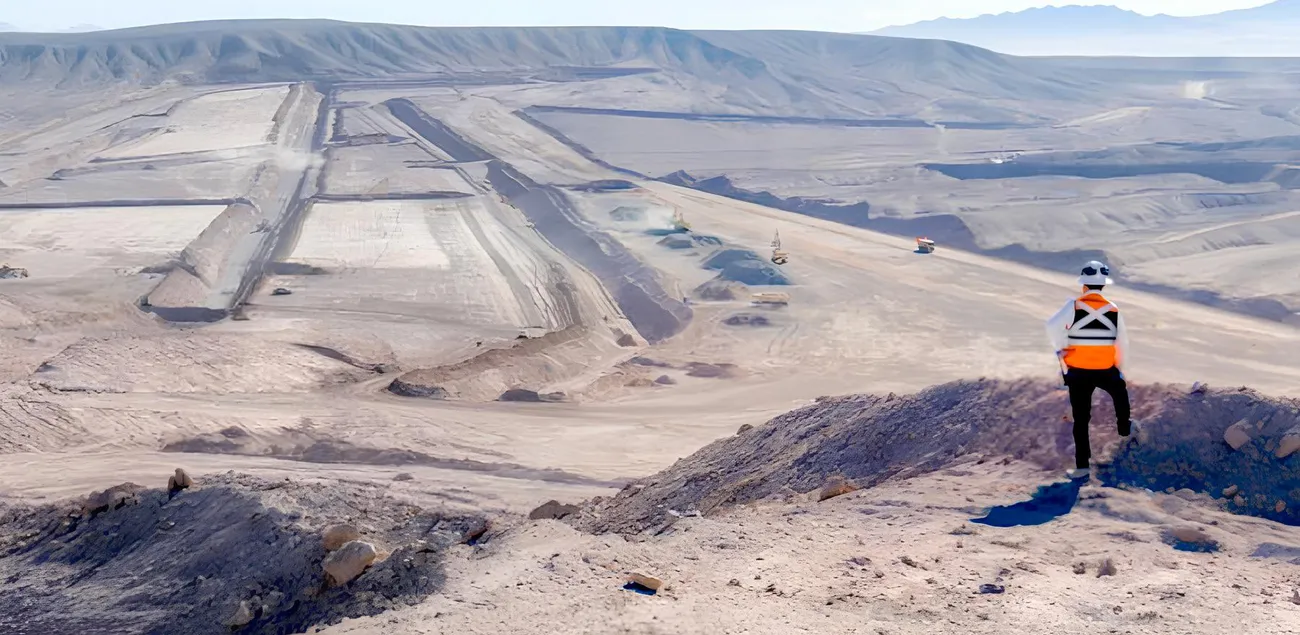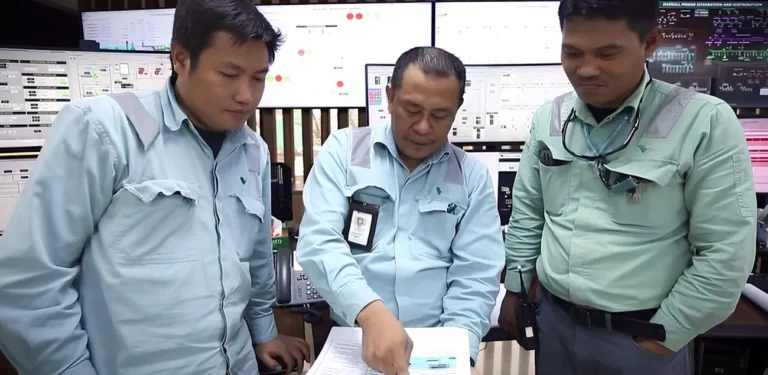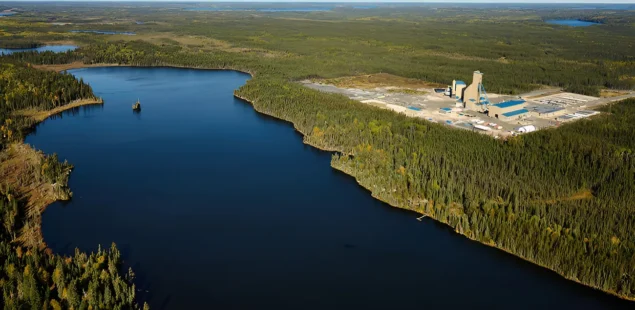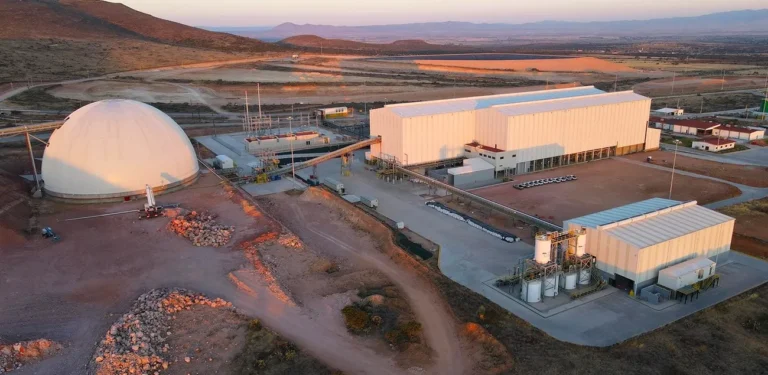
Antofagasta, Chile-focused copper producer, and the Luksic family–controlled miner, reported a near-60% jump in first-half EBITDA to $2.23 billion and a 12-point improvement in margin to 58.8%, driven by an 11% rise in copper production, lower cash costs and stronger realized prices; pretax profit rose to $1.16 billion and the interim dividend was set at 16.6 cents a share. Copper output reached 314,900 t, with sales up 17% and gold sales up 53%, underpinned by Centinela Concentrates and Los Pelambres.
Results and near-term drivers
Management said the performance places margins at the upper end of pure-play copper peers, reflecting both higher volumes and a 12% cut in cash costs before by-product credits. The company left full-year guidance unchanged at 660,000–700,000 t, but noted planned maintenance at Los Pelambres in July–August may bias the outcome toward the lower end. First-half net cash costs fell 32% year on year to $1.32/lb on improved throughput and grades.
Project pipeline: four workstreams
Antofagasta reiterated more than 30% production growth in the medium term, anchored by (1) Los Pelambres’ “Development Options” plan, including a desalination expansion that underpins life extension to 2051; (2) the Centinela Second Concentrator—under construction, with first copper targeted in 2027 and an option to 150,000 t/d of ore; (3) Zaldívar’s life extension to 2051 with a transition from continental water to seawater/third-party supply by 2028; and (4) large-scale tests of Cuprochlor-T, the group’s chloride-based heap-leach for primary sulphides and tailings.
Costs, cash and capex
Analysts framed the print as “solid,” noting sequential improvement and a capex build as Centinela construction advances. Company materials and sell-side commentary point to 2025 capital expenditure of about $3.9 billion, largely for the second concentrator. The company’s dividend increase (to 16.6 cents from 7.9 cents) mirrors stronger cash generation, while ongoing cost work—plus a higher by-product contribution—kept net cash costs trending lower versus 2024.
Market impact and pricing
With copper demand tied to grid build-out, renewables and data-center electrification, investors continue to watch Chilean volumes against a tighter medium-term balance. LME three-month copper traded around $9,740–$9,780/t on August 15, while COMEX hovered near $4.46/lb, levels that leave Antofagasta well within margin guidance if grades and throughput hold. Policy volatility—particularly US tariff actions on copper earlier in the summer—has widened regional spreads at times but not altered the group’s Chile-centric shipment cadence.
Company Background and Market Context
Antofagasta operates four mines in Chile and is pursuing the stalled Twin Metals project in Minnesota as US policy signals evolve. The Centinela expansion is expected to add about 170,000 t/y of copper-equivalent (including ~144,000 t/y copper) from 2027, with financing packages closed in 2024 and permitting in place. Zaldívar secured environmental approval in May 2025 for life extension to 2051 and the water transition; at Los Pelambres, a $2 billion desalination system already in operation is being expanded to buttress long-term water security.
Copper is foundational to the energy transition, from grid connections to renewables and EVs. Prices have eased from spring highs but remain historically elevated; supply additions are scarce and slow, so incremental Chilean tonnes—and process innovations like Cuprochlor-T—have outsized influence on miners’ unit costs and margins over the next cycle.



